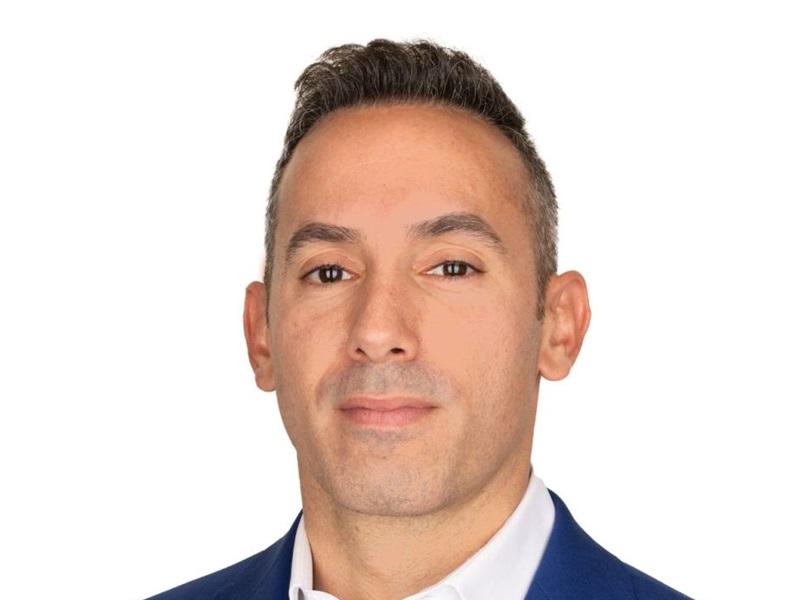
Josh Sookero, principal with Avison Young in Vancouver. (Courtesy Avison Young)
The burgeoning demand for suburban office space in the Vancouver area has led to record low vacancy rates in some markets and a growing need for more supply to meet the continued appetite for new space.
The Year-End 2021 Office Market Report by Avison Young indicates Surrey has one of the tightest office vacancy rates in Metro Vancouver at 5.3 per cent; New Westminster’s vacancy rate of 4.3 per cent is at an all-time low; and the North Shore’s vacancy of 4.6 per cent is at a near-record low.
Overall, Metro Vancouver has a vacancy rate of eight per cent on an inventory of just under 55 million square feet.
The stats also reflect a growing trend across Metro Vancouver and a shift from even four or five years ago. Areas outside the downtown are becoming increasingly popular office locations.
“The largest issue facing Metro Vancouver’s office market is no longer the COVID-19 global pandemic that upended how, where and when office workers performed their jobs, but it is instead an issue of supply.
“While downtown Vancouver is well-positioned with new office towers in the short- to mid-term, suburban office markets that recovered quickly (if impacted at all) from COVID-19 containment measures find themselves desperately short of new office space,” said the Avison Young report.
“This is occurring as more people have vacated city cores to suburban/secondary markets in the search for more space for their families and home offices, while also looking to employers for greater flexibility in terms of where they can work. These recent population shifts may come to illustrate a need for new suburban office space in the years to come.”
Emerging office hubs in suburban cities
Josh Sookero, principal with Avison Young in Vancouver, said demand for office space from tech-related companies is also putting a strain on the city’s suburban markets.
“Vancouver has continued to thrive and attract world-class talent and large U.S.-based technology firms. We’ve got all the big brand names from legal, accounting, engineering and the like,” he observed. “We just continue to attract more and more commerce to our area.”
However, due to the region’s well-know issues with land constraints, there remains limited opportunity to grow real estate space.
“With downtown vacancy continuing to sit as low as they have been (at 8.1 per cent), Vancouver continues to thrive in the downtown core . . . we have seen some businesses push out to the suburbs which typically are a little bit more cost-effective,” Sookero explained.
“There are a couple of more established or noteworthy suburban markets, particularly Burnaby (seven per cent vacancy rate), and more recently Surrey has started to raise the flag of commerce on the opposite side of the (Fraser) river.”
Sookero said in the suburban markets the development community is cautious and would want to build only with a sizeable pre-lease commitment in place before kicking off construction.
“Because of that caution, or just (a) wise development community, we haven’t been overbuilt in the suburbs. . . . Supply and demand has always been a very nice little balance going on,” said Sookero. “There hasn’t been such a large glut of space hit the market where it’s impacted things. So it’s always been a very comfortable leasing marketplace.
“We’ve also seen a fairly sizeable increase in the suburban area for residential development. We’re seeing a very large boom in areas like Langley and Surrey where the population continues to grow and grow and grow.”
New downtown office deliveries
Sookero said service, legal, accounting and medical companies are all seeking space in the suburbs to accommodate the increasing population. Also there is demand for education space as well as government space.
He said demand in the Vancouver area office market will continue to see downward pressure on vacancy rates in the region.
“I think that any space that may be returned to the market from this point on I think will get taken up – will get used . . . I think we need a lot more product constructed. I think demand is going to continue to outstrip supply fairly substantially,” added Sookero. “We need a bunch more office product out in the suburbs . . . I think if you build it they will come.”
While downtown vacancy reached 8.1 per cent at year-end 2021 – the highest since year-end 2015 – all indicators point to the worst impacts of COVID-19 having likely passed. Vacancy in the core, however, will continue to rise in 2022.
This is due to the delivery of several new buildings with substantial vacancy which were launched when downtown vacancy was less than five per cent for three years running from 2018 to 2020, the Avison Young report says.
This continued rise in vacancy is not a medium-term concern as the anticipated resumption of leasing activity expected through 2022-’23 would ensure these buildings are mostly occupied before too long, it added.
“Metro Vancouver’s office vacancy of eight per cent at year-end 2021, while higher than the vacancy of 7.5 per cent recorded a year earlier, was only the highest regional vacancy recorded since year-end 2017 and is a rate that typically hovered between seven per cent and 10 per cent for at least the past decade.
“Annual regional absorption of 876,829 square feet in 2021 was the most absorption registered in Metro Vancouver since 2018 and the fourth-highest in more than a decade, trailing only the annual absorption recorded during the regional growth spurt that occurred from 2015 to 2018, driven largely by Vancouver,” the report states.











